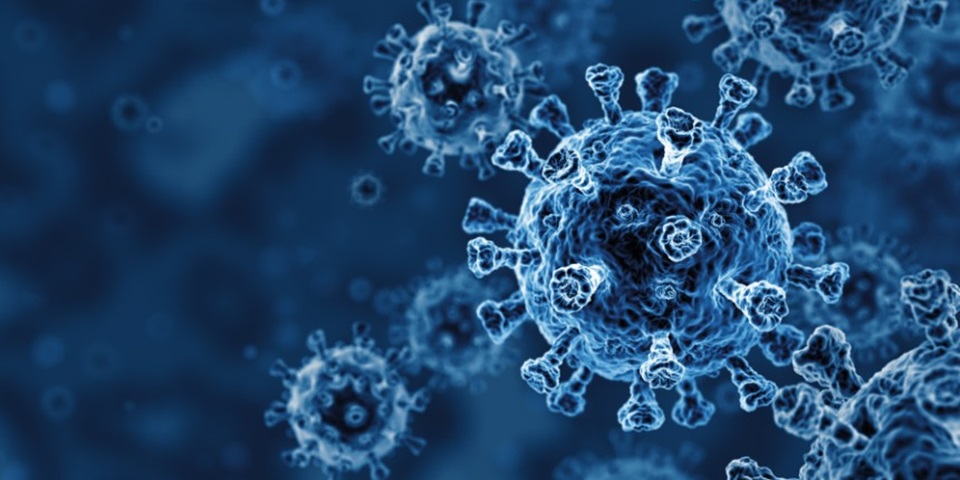News
Research into early detection and prediction of severity of COVID-19

The ANPC has partnered with The University of Cambridge to investigate new metabolic markers for detection of the disease and prediction of severity, with $400,000 funding support from WA Government.
The Australian National Phenome Centre (ANPC) at Murdoch University is partnering with the Department of Medicine of the University of Cambridge as part of an international research collaboration to develop new and improved methods for detecting and predicting the severity of COVID-19.
Director of the ANPC and Pro-Vice Chancellor for Health Sciences, Professor Jeremy Nicholson, a pioneer of metabolic research, said Western Australia has a superb metabolic research facility, but limited sample numbers.
“That is why our partnership with the Department of Medicine at Cambridge is so important, because they have high quality COVID-19 samples collected through time for a large number of patients that we can analyse,” Professor Nicholson said.
This work will enable the development of new and improved methods for early detection and severity prediction that will assist in the clinical management of patients.”
Professor Chris Smith, a Consultant Virologist and member of staff at Cambridge University and the world famous Addenbrooke's Hospital, said the research was vital to understand which patients needed to be monitored.
"At Cambridge University's Institute of Therapeutic Immunology & Infectious Disease we have been fortunate to be able to collect very high-quality samples over a period of time from large numbers of patients with a range of COVID symptoms,” Professor Smith said.
“Through this collaboration with Murdoch University and the ANPC, we'll be able to search through the mixtures of molecules in these specimens to look for fingerprint 'chemical signatures' that predict whether someone who hasn't even caught the virus yet would be at risk of severe disease if they did.
“Then we'll know better who to keep a close eye on."
Professor Nicholson said COVID-19 continued to surprise researchers with a seemingly never ending stream of common complications affecting multiple organs systems including the gut, liver, heart and brain.
“The vascular consequences of the disease may underpin these varied effects, but we are trying to look at all metabolic windows together to create a metabolic map of the disease and to potentially repurpose old drugs to treat some of the targets of this disease," Professor Nicholson said.
"We are just at the beginning of understanding this complex disease mosaic, but we now have an opportunity to put the parts in order to build an accurate systems model of COVID-19.”
“This is research that will have global reach so it is an important contribution from the State Government that will have a meaningful impacts to patients around the world,” Professor Nicholson said.
“This research is particularly important while there is currently no anti-viral medication or vaccine for COVID-19.
Funding from the state government complements the $500,000 investment by Spinnaker Health Research Foundation that is supporting research to enable the development of new and improved methods for studying the recovery of patients that have experienced significant COVID-19 episodes.
This is in addition to funding from The McCusker Foundation to support international database collections on COVID-19 data to help cross-validate models generated at the ANPC.
“The different funding sources allow us to address multiple questions and problems around the whole natural history and time course of the disease and the journey from health to disease and hopefully back to health again,” Professor Nicholson said.
Learn more on Murdoch's COVID-19 research.